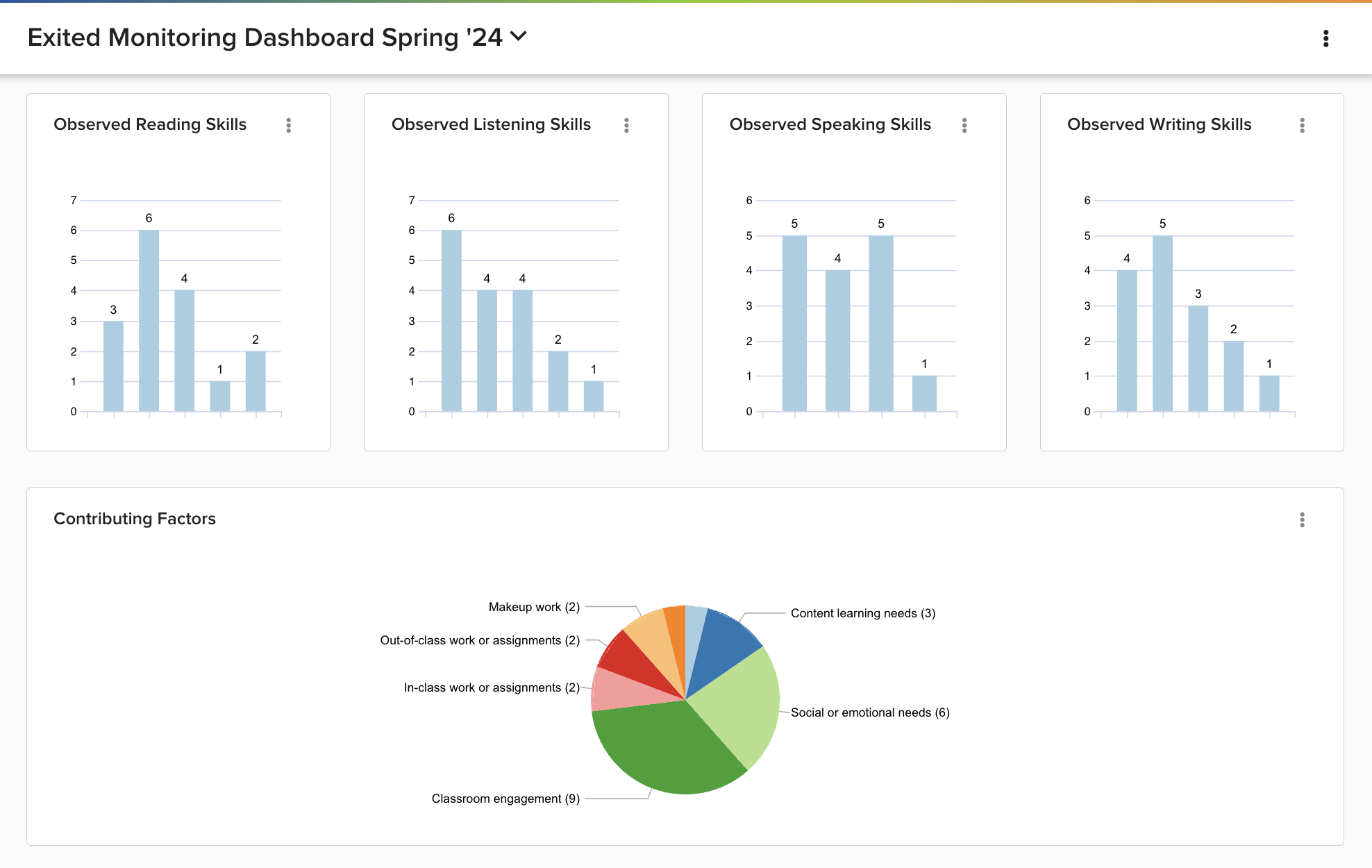Empowering teachers: From compliance to impact
As educators, we are constantly striving to serve our students as effectively as possible, particularly our special populations like English learners (ELs). The education system outlines a number of requirements for all educators to meet in order to ensure that there is a baseline of support for students across the country. But our objective extends beyond compliance to a sincere dedication to enhancing the learning experiences of our students.
While monitoring the progress of our ELs is necessary for compliance, a system of effective data collection and analysis can become an invaluable lever for instructional impact.
What does it mean to be compliant?
There are both state and federal compliance requirements, but we will address the latter here as they are consistent across the country. Federal compliance for educators of multilingual learners (these are meant for all educators as we are all teachers of language) can be broken down into a few key requirements. First, teachers must provide meaningful access to grade-level content for all students. This means that even if a student does not demonstrate grade-level proficiency in the language of instruction, they are still guaranteed the right to exposure to grade-level content. This is an important protection against education inequality or unconscious bias against language learners for student learning opportunities. It is important to note that lack of language proficiency does not mean a lack of cognitive ability, and when students are given a watered-down curriculum that is not at their grade level, the skills gap widens. The key is not to give lower level work, but to scaffold up to the grade level rigor.
In addition, teachers are required to monitor the progress of their ELs in both achieving English language proficiency (ELP) and attaining content knowledge. A number of factors can impact student learning, and it is the responsibility of all teachers to monitor when students are not making the expected progress towards benchmarks so that it can be properly addressed. In order to do this successfully, educators must establish a rigorous monitoring system.
Approach to data collection
Any effective monitoring system will be built around the collection of a variety of student data. This includes quantifiable data, which can come from ELP testing data, language and content benchmarks, grades, and attendance. It must also include qualitative data, including teacher feedback, classroom observations, and student and parent insight. You can find a number of examples from educators of different data collection strategies here. It is also important to consider the different participants who should be represented in the data collection, such as parents, administrators, and specialists (EL and special education).
The wide depth and breadth of information needed to properly inform instruction can be time consuming and complicated to analyze. Ellevation Forms is a highly effective tool for ensuring compliance requirements are met while facilitating the processes that enable teachers to extend the benefits of the data into informed and impactful instruction.

Data analysis for instructional impact
Once a monitoring round has been completed, educators are equipped with the necessary data to take action. There are a number of ways to break down the data for further analysis such as spreadsheets, google forms, and pen and paper - no products required. But with Ellevation Forms, educators can use dashboards designed to streamline this process and make taking action easier.
Ellevation Dashboards can be used in a variety of ways, including:
- Using quantitative data to easily track student proficiency levels, as well as dive deeper into student data across subgroups. Eductors can quickly visualize student subgroups based on language domains, common strengths, and areas for growth, and determine the most effective way to address common needs.
- Using qualitative data to spot factors apart from student test scores that can clue a team into student progress. This includes data points like observed skills and contributing factors for lack of progress as reported by the students classroom teacher during monitoring.
Once the information has been collected, organized and analyzed, educators are ready to develop a plan to adjust their classroom instruction, and can be confident that it will be data-driven to maximize student outcomes and growth. A number of considerations should be included when developing the plan, including:
- What instructional supports are needed?
- What progress was made toward student goals (and should be celebrated)?
- What activities can support development in a specific language domain?
- What strategic, flexible heterogenous and homogenous groups can be created to develop desired skills?
Once the plan is developed and ready to be carried out, make sure to stay consistent with any adjustments until the next monitoring cycle where you can begin again with collecting and analyzing the student data and continue the process of developing more personalized, impactful instruction to support each student.
For more information on student monitoring, watch the full webinar Empowering teachers: From compliance to impact hosted by Rocío Figueroa, the co-creator of this piece. Rocío is a passionate advocate for educational equity, currently serving as the Senior Instructional Content Manager at Ellevation. With a master's degree in educational leadership and close to two decades of experience in education, she has held diverse roles including teacher, coach, administrator, and consultant. Rocío specializes in second language acquisition for multilingual learners, bringing deep expertise and a commitment to empowering all students through quality education.
